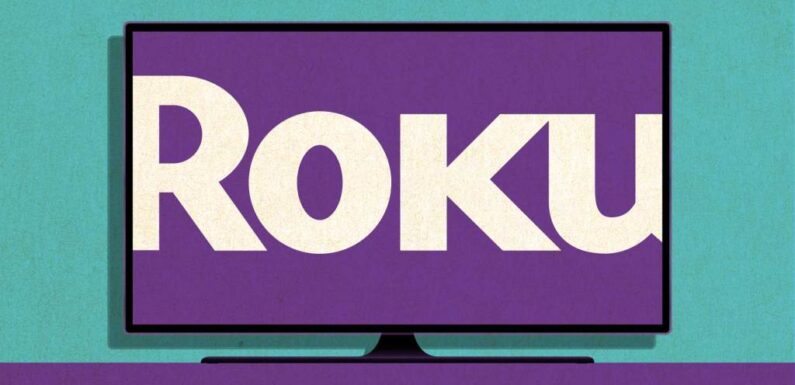
Roku will cut more than 300 staffers — laying off 10% of its workforce — as the streaming-platform company continues its battle to control costs.
In addition, Roku will remove certain licensed and owned content from its platform as part of a “strategic review of its content portfolio,” resulting in an impairment charge of up to $65 million in the current quarter, the company disclosed in an SEC filing Wednesday.
Other cost-cutting measures Roku outlined are consolidating office space and reducing outside services expenses. The goal is to reduce year-over-year operating expense growth rate, the company said.
The layoffs represent Roku’s third round of job cuts in less than a year, after it pink-slipped 200 staffers in November 2022 and another 200 in March 2023. As of the end of 2022, Roku had approximately 3,600 full-time employees. The company, in addition to the layoffs, said it also plans to cut back on new hires.
In the third quarter of 2023, Roku expects to record an impairment charge in a preliminary estimated range of $160 million to $200 million related to ceasing to use certain office facilities and an impairment charge in a preliminary estimated range of $55 million to $65 million related to removing select existing licensed and produced content from company-operated services on its TV streaming platform. The Company does not expect any material cash expenditures in connection with the impairment charge related to content.
Roku expects to record a restructuring charge related to the layoffs in a preliminary estimated range of $45 million to $65 million, primarily consisting of severance and benefits costs. The company expects the majority of the restructuring charge will be incurred in the third quarter of 2023.
Roku said that excluding the restructuring and impairment charges, the company now expects Q3 net revenue in the range of $835 million to $875 million, and adjusted EBITDA in the range of negative $40 million to negative $20 million — slightly better than forecast.
Read More About:
Source: Read Full Article